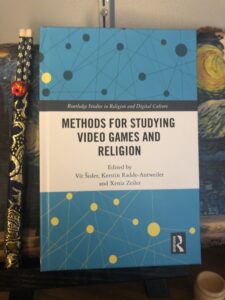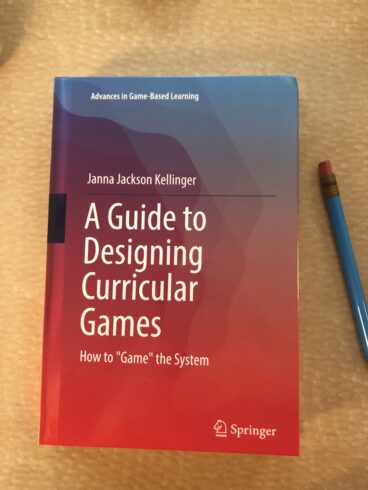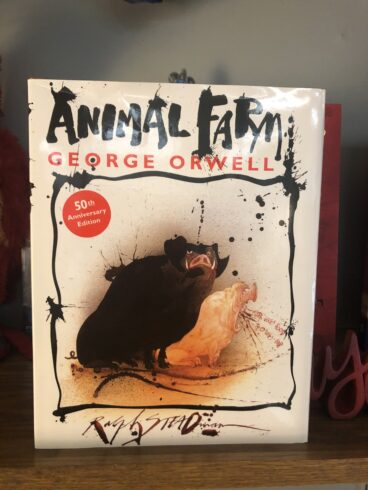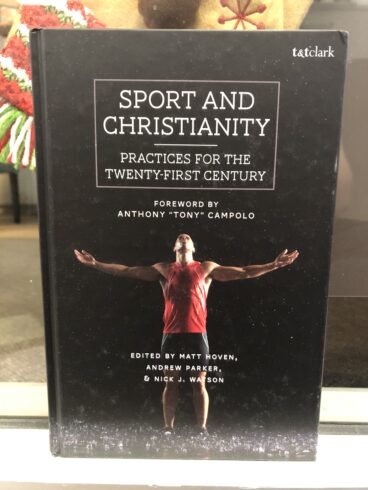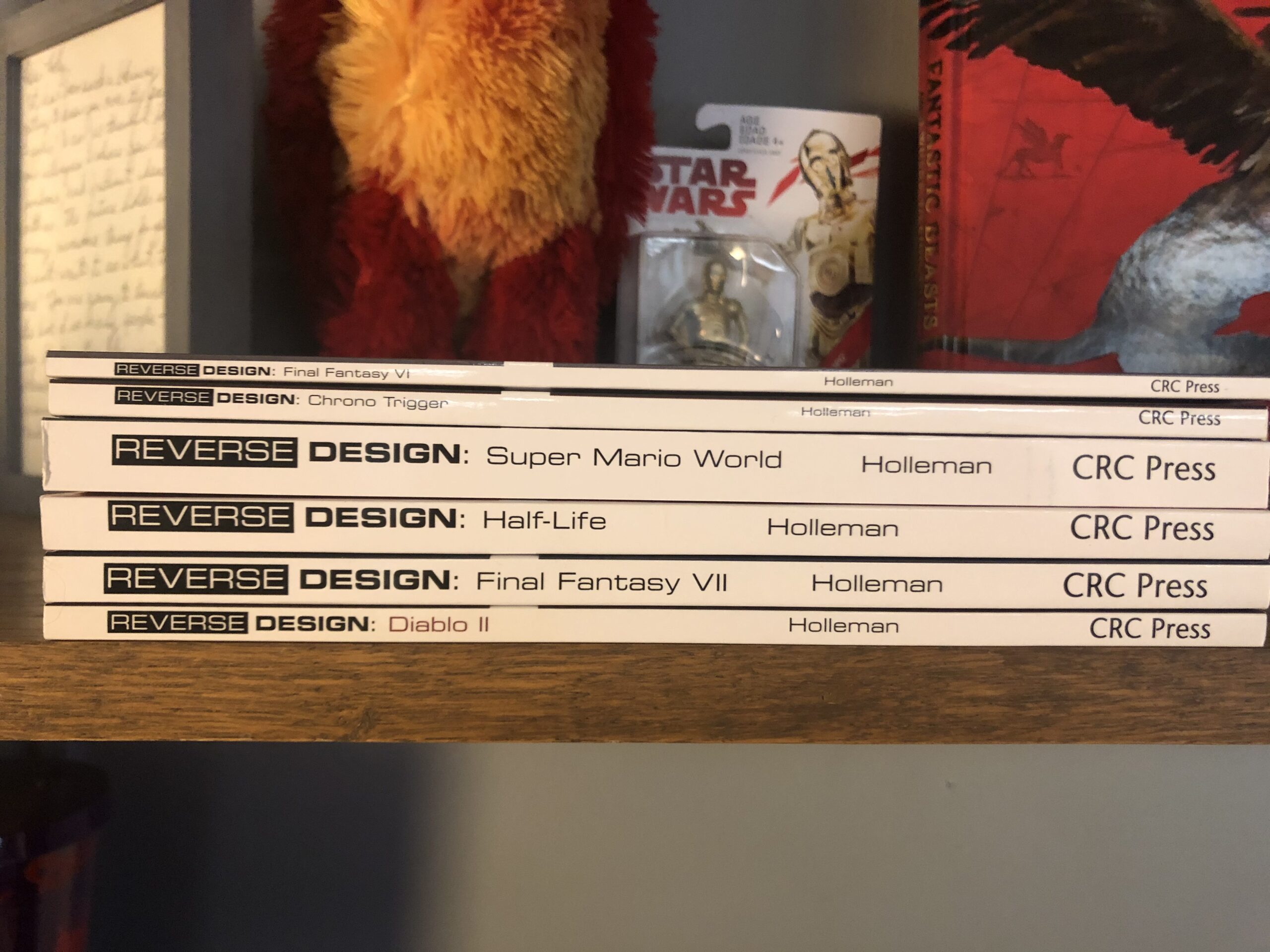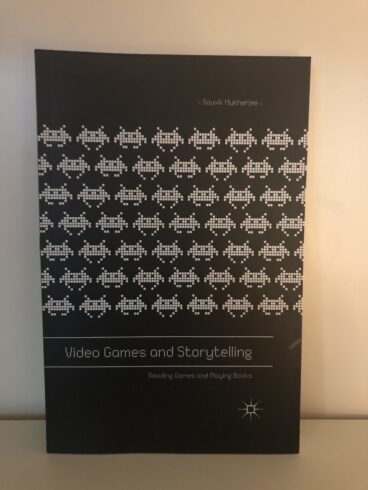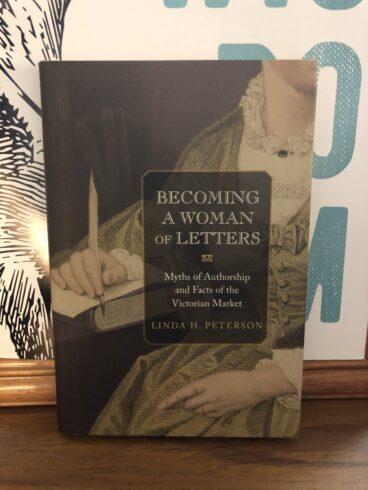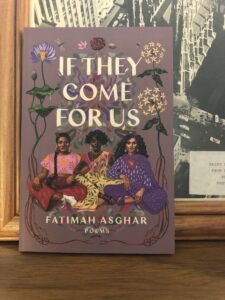
“you’re kashmiri until they burn your home. take your orchards. stake a different flag. until no one remembers the road that brings you back. you’re indian until they draw a border through punjab. until the british captains spit paki as they sip your chai, add so much foam you can’t taste home. you’re seraiki until your mouth fills with english. you’re pakistani until your classmates ask what that is. then you’re indian again. or some kind of spanish. you speak a language until you don’t. until you only recognize it between your auntie’s lips. your father was fluent in four languages. you’re illiterate in the tongues of your father. your grandfather wrote persian poetry on glasses. maybe. you can’t remember. you made it up. someone lied. you’re a daughter until they bury your mother. until you’re not invited to your father’s funeral. you’re a virgin until you get too drunk. you’re muslim until you’re not a virgin. you’re pakistani until they start throwing acid. you’re muslim until it’s too dangerous. you’re safe until you’re alone. you’re american until the towers fall. until there’s a border on your back.”
Call Number: 816.21 A818I

